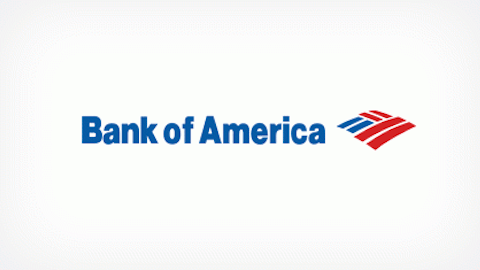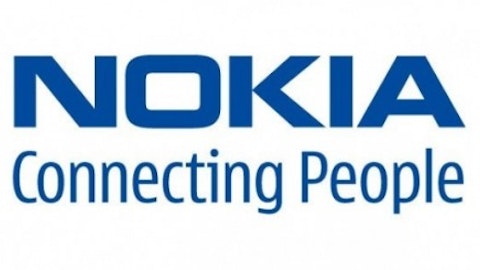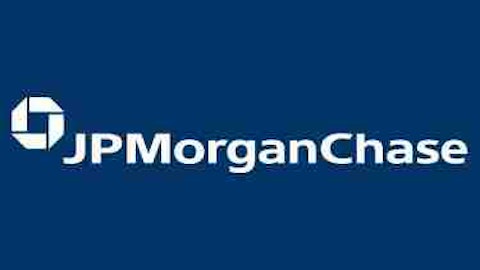The rising interest rate environment since the first quarter had a mixed impact on the U.S. financial sector. Where it would mean higher net interest rate margins for banks and mortgage REITs, it would also mean lower book values for these companies. Within the U.S. large cap banks, Wells Fargo & Co (NYSE:WFC) is the largest home lender, which boosted its mortgage banking income during 2012 as the housing sector continued its recovery. Let’s see how the current rising rate environment will impact the U.S. housing markets and Wells Fargo & Co (NYSE:WFC).
Rising rates
During 2012, the San Francisco-based bank, Wells Fargo & Co (NYSE:WFC), originated approximately one-third of the mortgages in the U.S. However, 2012 witnessed the lowest mortgage rates in recorded history. Since the start of the current year, the situation has reversed, despite the continuation of the Fed’s aggressive bond-buying programs.
The speculations that first erupted in May of this year about the unwinding of the QE led to a rise in interest and mortgage rates. While the Fed is still linking the unwinding of QE to macroeconomic improvements, the markets have started pricing in the impact of the unwinding.
Consequences of rising rates
As a result, the 30-year fixed mortgage rate climbed 94 bps to its highest in two years, since the start of the current year, while the 15-year fixed rate increased 74 bps over the same time period. The hike in mortgage rates has the effect of discouraging home lenders and reduces refinancing activity as well. In short, the hike in mortgage rates will negatively impact the U.S. housing recovery and the companies that are exposed to the housing sector.
The negative impacts of rising rates are visible in the weekly survey conducted by the Mortgage Bankers Association. According to the surveys, mortgage applications have declined in most of the weeks since the start of the year, and the same is the case with refinancing applications.
In the latest survey, it is disclosed that refinancing applications have plunged 16% to the lowest in two years, while new purchase applications fell 3%. Wells Fargo & Co (NYSE:WFC) was one of the banks that rode on the refinancing boom to massive profits during the prior year. However, the same is not possible in the future.
The woes don’t end here
Wells Fargo & Co (NYSE:WFC)’s woes don’t end with the slowdown in the refinancing activity. Due to rising interest rates, Wells Fargo is also expected to take the biggest hit as far as its book value is concerned. Barron’s reports that Credit Suisse estimates that, among the largest banks in the U.S., Wells Fargo & Co (NYSE:WFC)’s tangible book value will take the greatest hit of 4.5% if the rates climb 100 bps. Since financial stocks trade in proximity to their book values, a decline in the book value means a decline in the stock price.
Competition
Given the current situation, JPMorgan Chase & Co. (NYSE:JPM) is considered best positioned to report growth in its book value. According to Credit Suisse estimates, the bank can report up to 1.1% growth in its book value this quarter. Besides, the bank’s CEO has already disclosed that a 100 bps increase in the 10-year Treasury yield could mean an extra $2 billion in revenue for the bank, while if the yield climbs 300 bps, this could go up to $5 billion.




